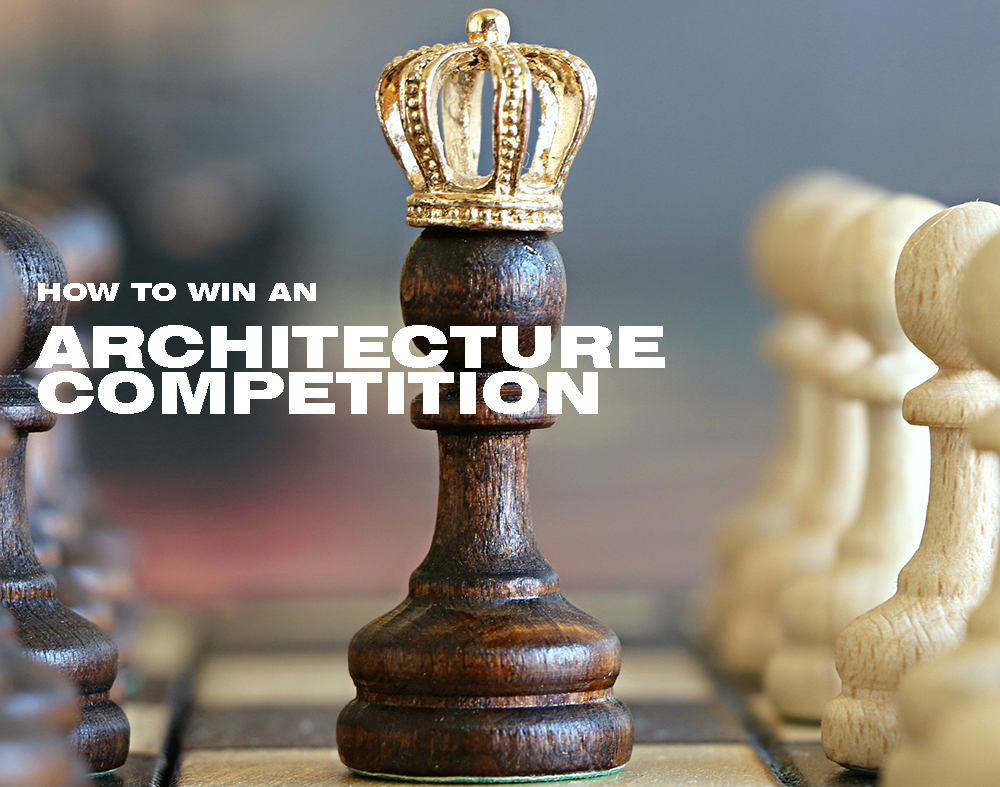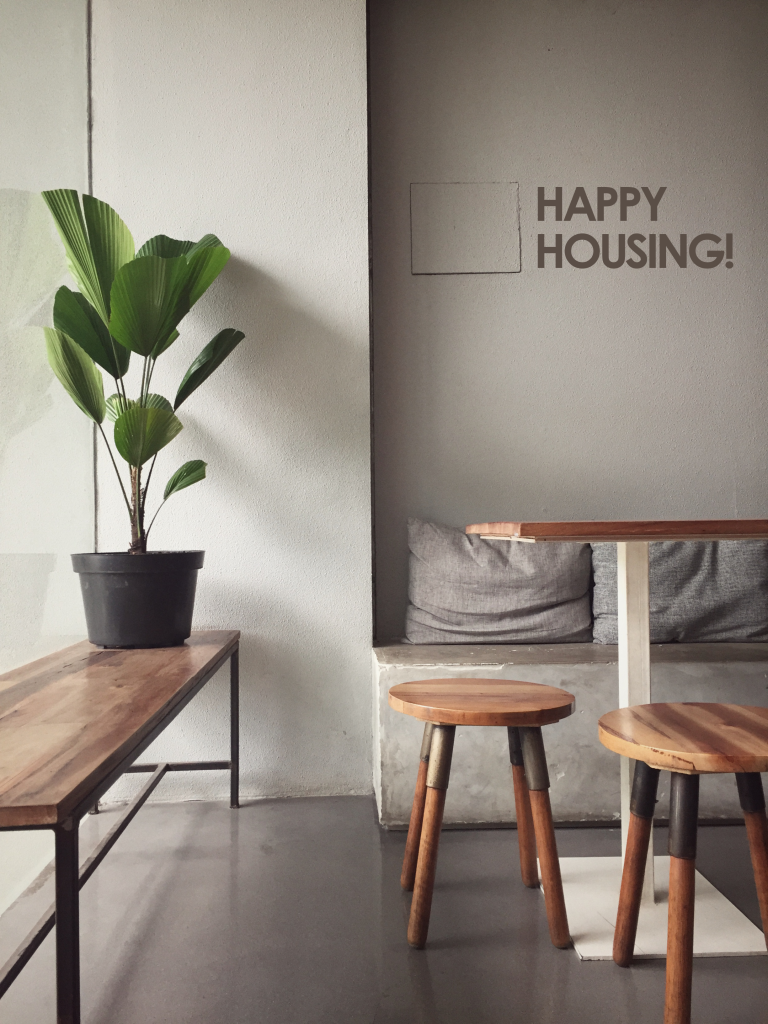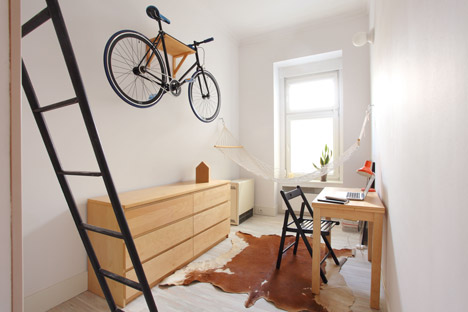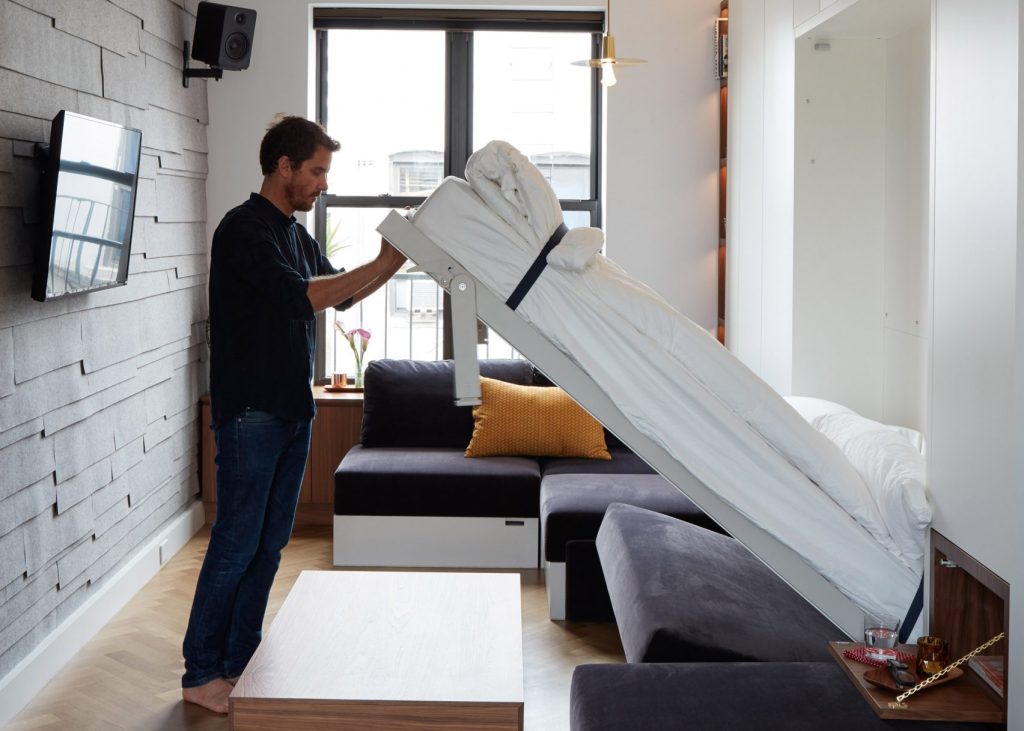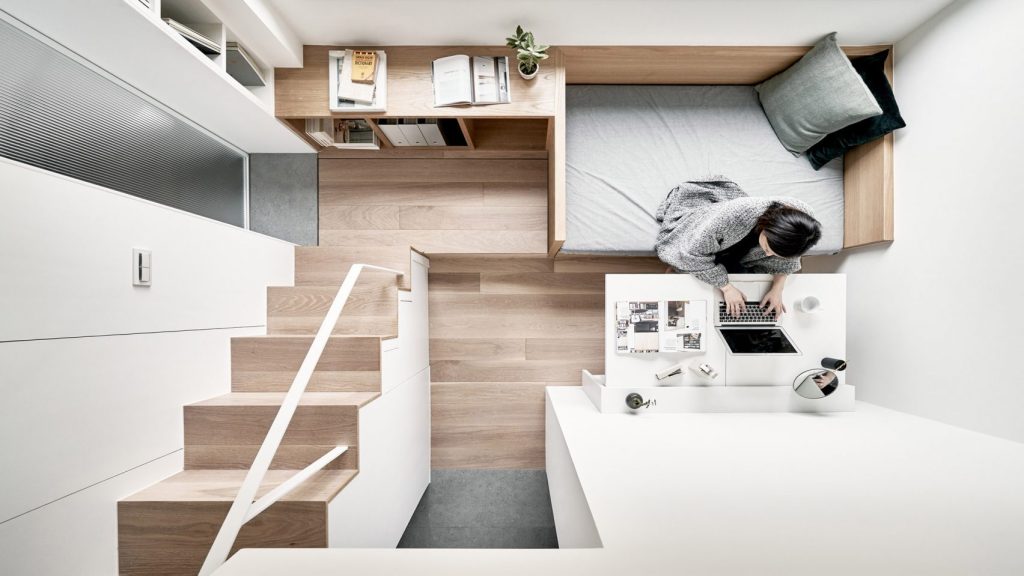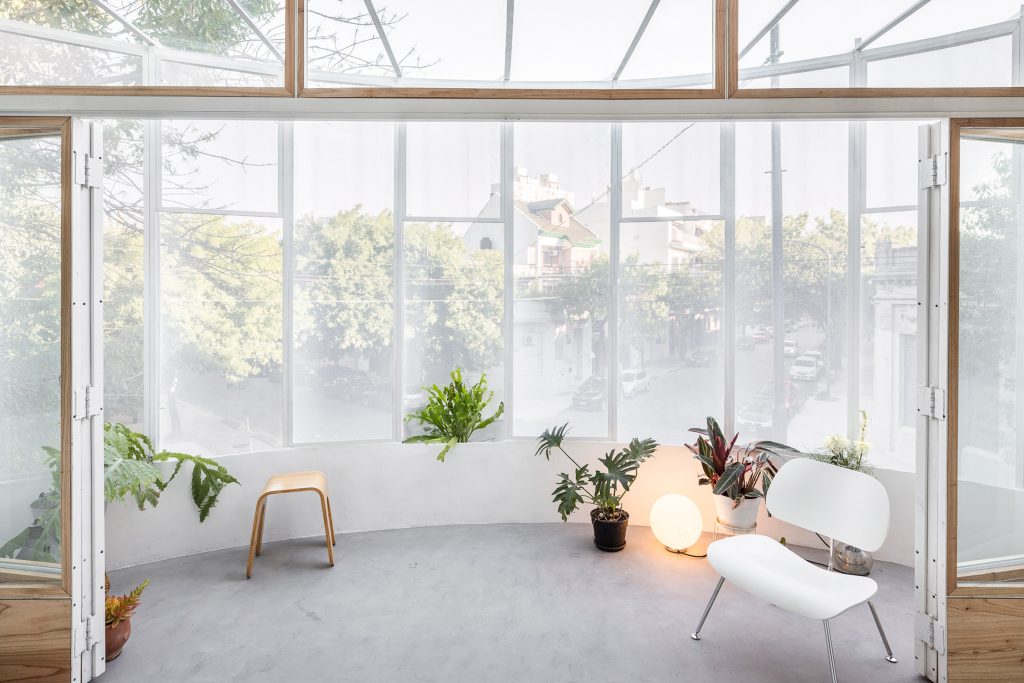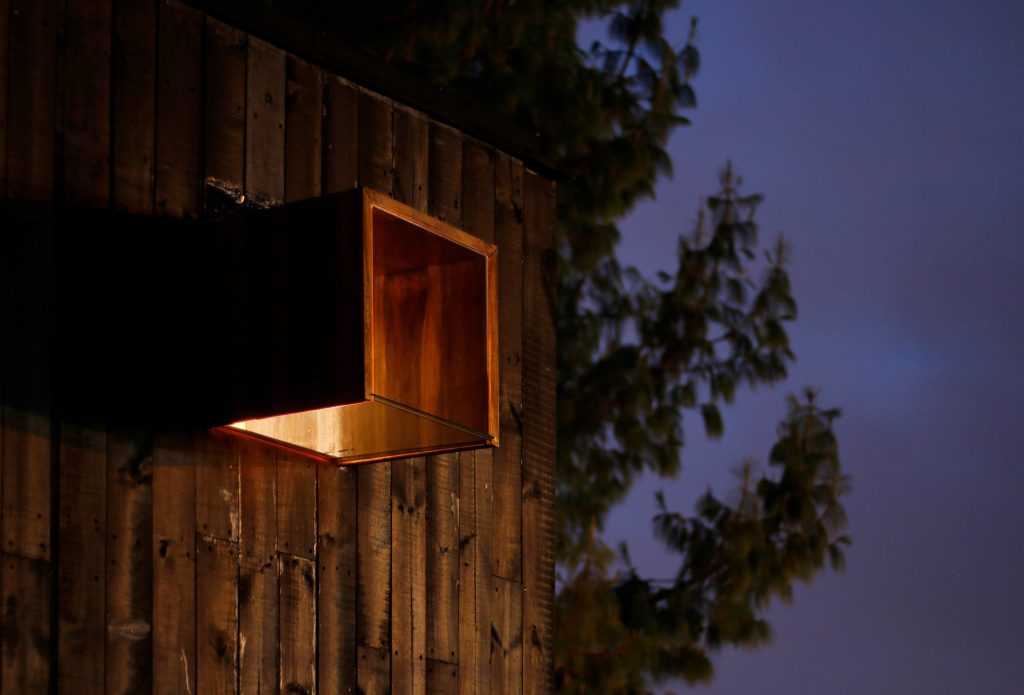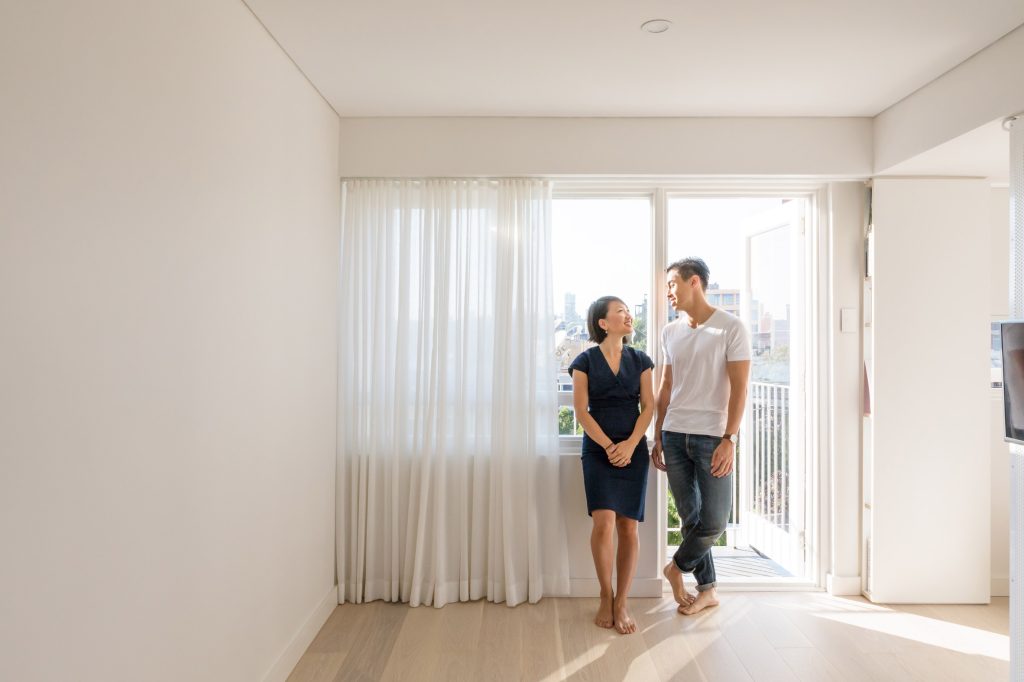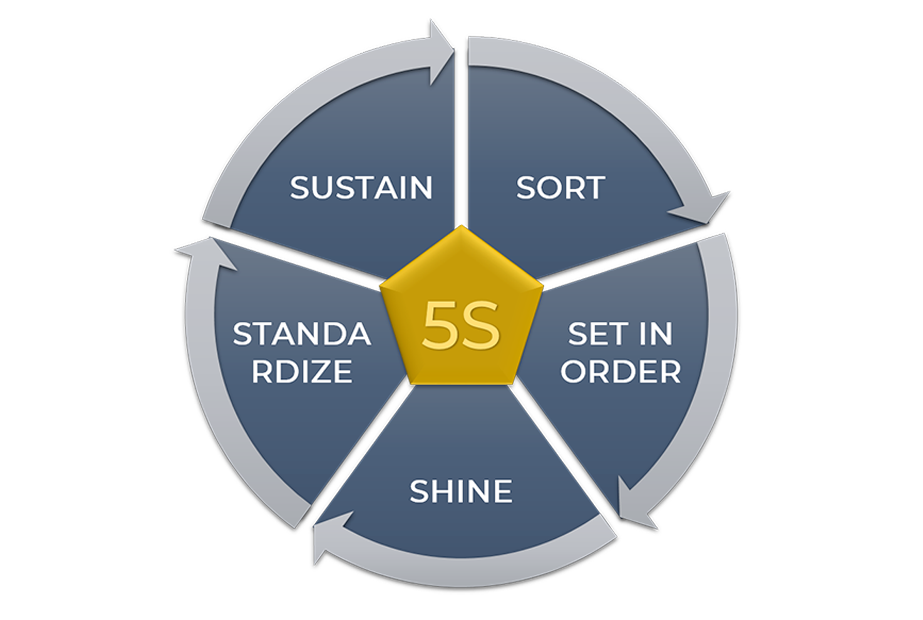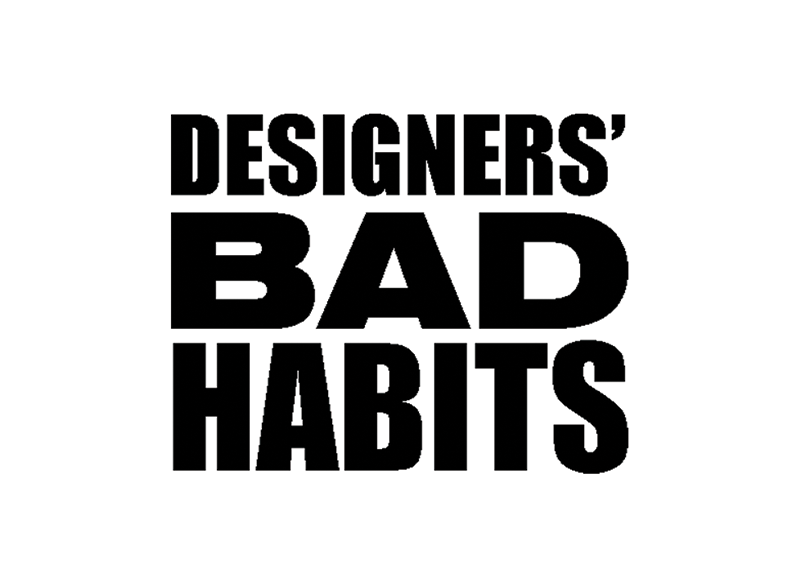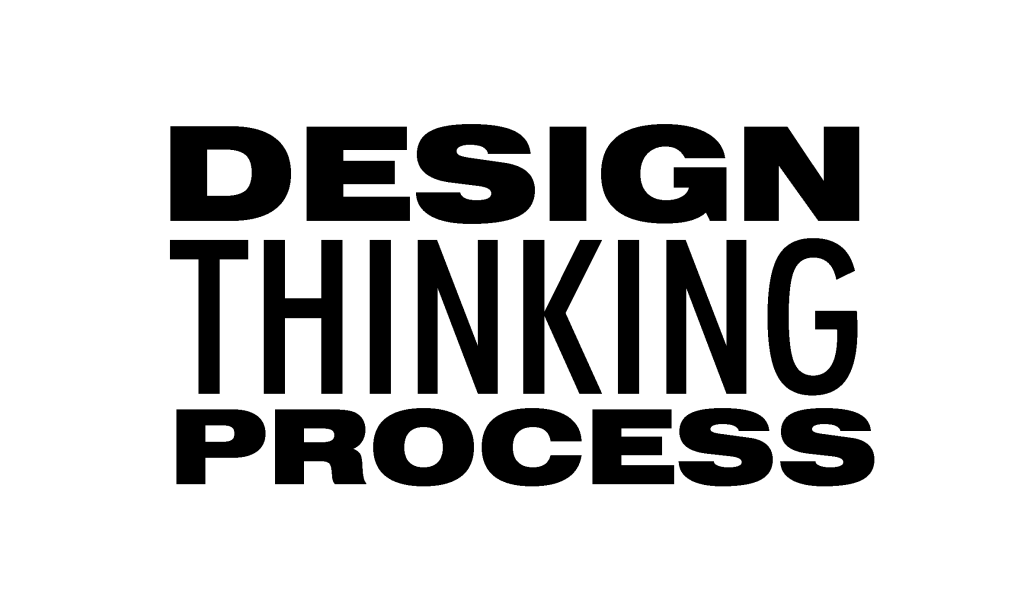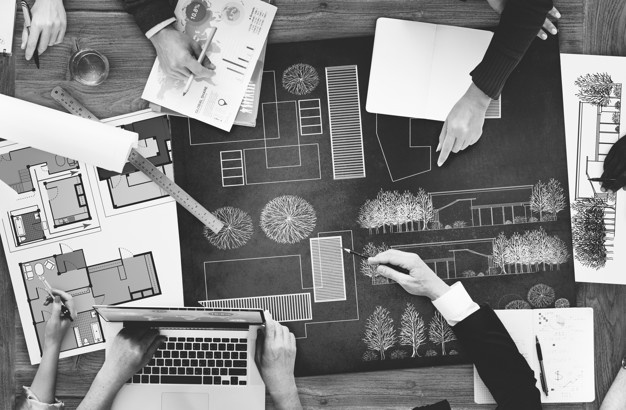Do you want to win Architecture Competitions?, then this post is for you…
1. Follow the brief, but work to exceed it
Once you have chosen which competition is right for you then go ahead and analyse the brief meticulously ensuring that each statement is tackled in your design and then taken further. Give the judges what they want and more. Research into the organizers of the competition will help inform you further on what they’re really after as well as their approach in design; however a derivative of any previous commissions should be avoided. Remember, the intent of a competition is always to single out that one innovative yet functional design.
2. Form much always function
Many designers would probably overlook this point if the focus is directed solely on the aesthetics of the entry. You have to very well understand the function of your intended building and how the spaces perform best. Many other factors like; public interaction with the building, landscaping solutions and basic design in terms of materials, spaces, circulation and structure should not be an afterthought.
3. Design is most important, isn’t it?
This is obvious, what looks good is good. Ensure your design has a charismatic flair, something that sets you out from everyone else. Large public commissions often seek audacious concepts, with the knowledge that later refinements will ensure the project can be grounded in reality. Relating to the purpose of your intended building and finding a way to manipulate it into something communicative and attractive will ensure that your concept will be appreciated by the judges as well as the public.
4. Good Presentation means good communication
Often, for architectural competitions, the only opportunity for you to convey your idea to the viewer is through the submission boards. Everything else, your thinking process, research, sketches, study models, although equally important, are hardly presented to the juries. So you must make sure your board have a great presentation, so that it can leave a great first impression to the viewers.
To achieve that, try have the a rough vision (how do you want the board to be like) already in your head, before all the other works even starts. If possible, do layout sketches, set up the blank page file, put in placeholder images and text frames, and fill the gaps afterwards.
Working backwards has two big benefits: On one hand, it helps you with the thinking process, you are always actively thinking while drafting the boards, being clear with what you want without getting too lost in the exploration. On the other hand, it is a great progress indicator, which helps you avoid wasting time on unnecessary work as the deadline approaches.
5. People’s perspective matters
After all, design competition is mostly about sharing ideas with people. It is always beneficial when you try to summarize and present the project to others, both inside and outside the field of architecture, and ask for their opinions. Because the concept is always clearer to you than it may appears to others, this practice helps you to sharpen the idea and convey the vital charisma of the project within a few sentences.
Moreover, the feedback from others may point out something you overlooked or ignored before, these easy fixes, added up together might make a big difference to your final product.
Show some love in the comment section and don’t forget to share this post if you liked it and learned something new today. Stay Tuned!!
Team MICRO NATION.

